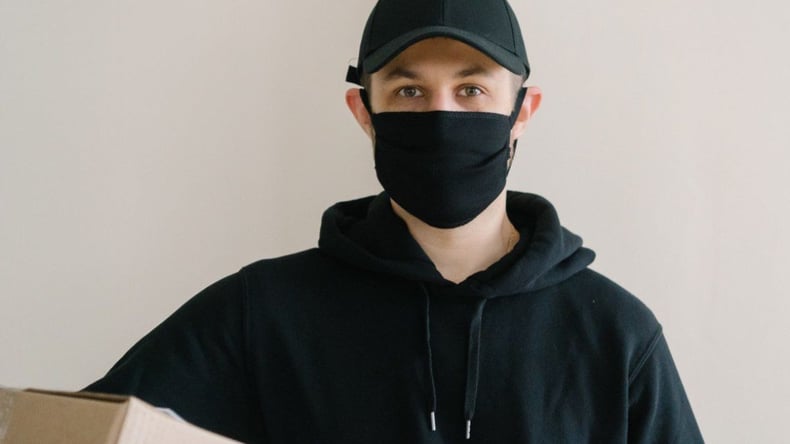Many employers are figuring out how to best protect their employees with the rise of the COVID-19 delta variant. With the surge in highly transmissible COVID-19 delta variant cases, the CDC and other agencies are now recommending that fully vaccinated individuals wear facemasks in specific indoor settings. Showing proof of vaccination status, wearing facemasks, or having regular COVID-19 tests are sample precautions that many employers have taken.
When employers ask for proof of COVID-19 vaccination status from their employees, they should be cautious about following state and federal laws. Below are tips that employers should follow when they require all employees to show proof of their COVID-19 vaccination status.
Limit Questions
Employers may have legitimate business reasons to ask their employees about their COVID-19 vaccination status but should be cautious about what they ask. According to the EEOC, employers can ask about their employees’ COVID-19 vaccine status but cannot ask any follow-up questions.
When employers ask their employees to show proof of their COVID-19 vaccine, they should make sure no other additional medical information is disclosed to stay in compliance with the ADA. Furthermore, employers need to consider reasonable accommodations for employees with disability-related or sincerely held religious objections for not receiving the COVID-19 vaccine.
Ensure Confidentiality
The EEOC requires that all information employees disclose about their vaccination status be considered medical information and, therefore, confidential. Employers should communicate to their employees that all information communicated about COVID-19 vaccine status is confidential.
Utilize Resources
RBN Insurance Services is a resource for you and your company in navigating necessary compliance. We keep our clients abreast on legislative and regulatory requirements and changes. RBN is a comprehensive, single-source solution providing powerful and economical insurance and risk management programs. RBN develops customized plans to control liabilities, designs a culture of safety, and builds business continuity.


